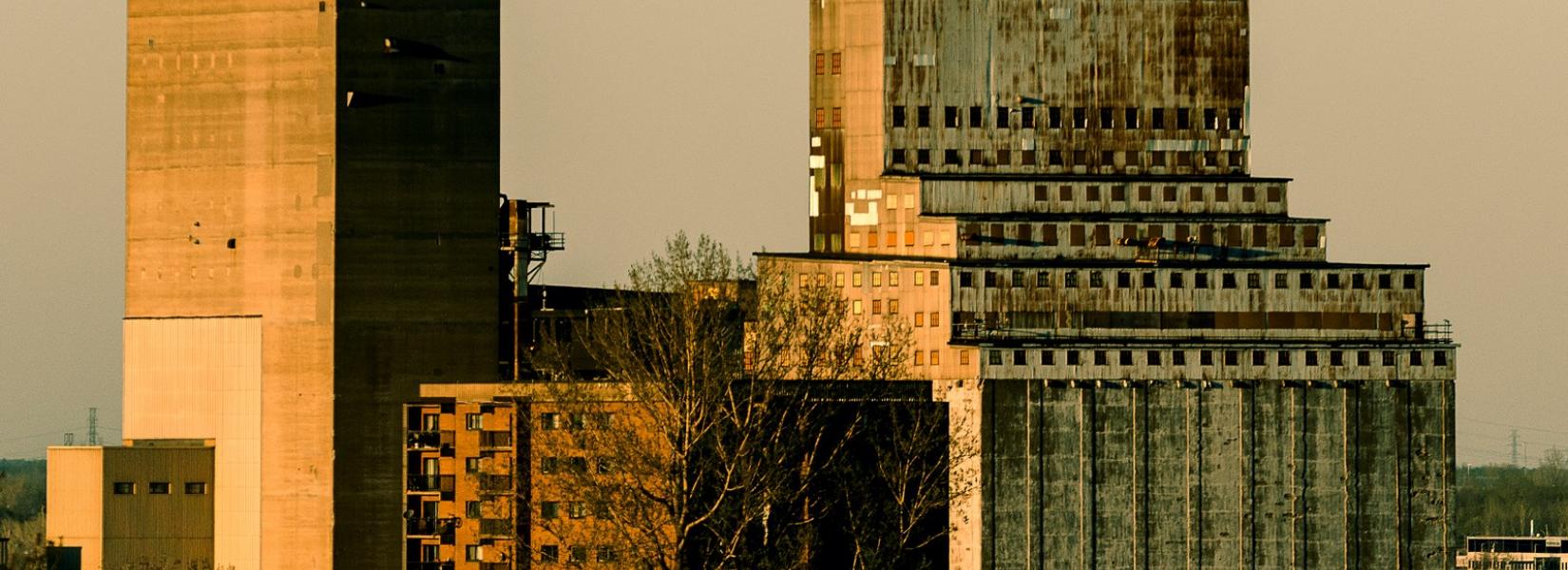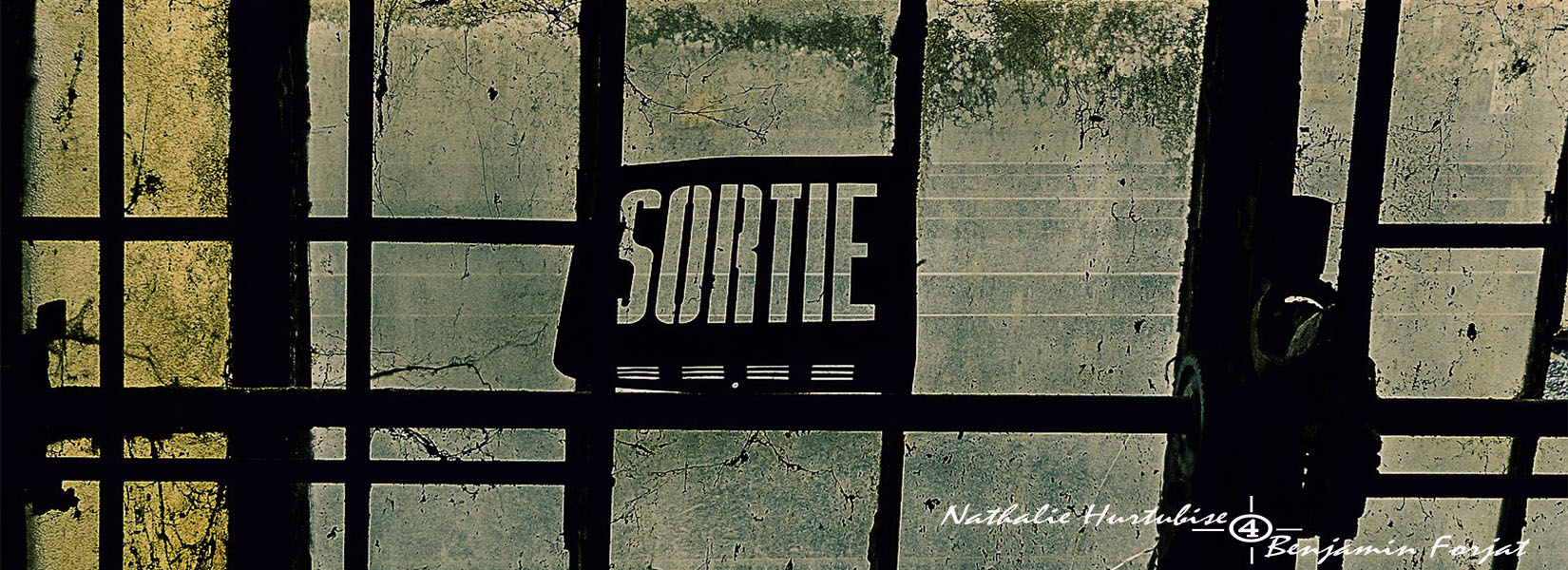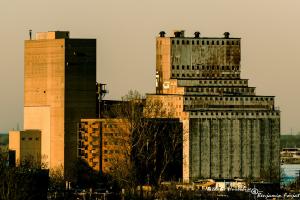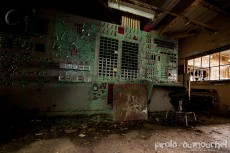The Coal mine of Hasard de Cheratte is the main colliery of Société anonyme des Charbonnages du Hasard, composed of four mine shafts. It is located in Cheratte, a section of the Belgian town of Visé located in the Walloon Region in the province...
The former grain silo number 3
The abandoned Miron silo
Located in the Hochelaga-Maisonneuve neighborhood, the silo # 3 was built in 1923. The architect was John S. Metcalfe who were responsible for the construction of most silos in the Port of Montreal (1, 2, 3, 5). It is thanks to its innovations that the Port of Montreal was the largest grain port in North America in 1914.
As I wrote, it was built in 1923 by Canadian Vickers at the east of the others silos. By this choice, the Port of Montreal wanted to avoid traffic congestion around the other silos already built. With annexes built in 1928, it was more than 150 000 metric tons of grain that could be stored into the complex of four sets of silos.
With the rationalization of the port of Montreal in 1978, the silo number 3 ceased its grain shipments by vessel and will specialize in trucks loading to serve the domestic market. Nine years later, it will cease all its operations.
From 1987 to 1993, the structure was used successively by Miron companies, Lake Ontario Cement and Ciment Québec, for the handling, processing and storage of cement powder.
Today, several portions of this huge complex have been demolished, and a new warehouse was built on the site of the former Miron lift. The site is abandoned, although its owner is still the Port of Montreal. The photos were taken in 2013.
In 2014, the grain elevator number 3 is back to life. It is modernized at the cost of $ 22 million and will be used by the company CanEst Transit. See article in the e-magazine Logbook, published by the Port of Montreal at :
Related content
This is one of the oldest stationery in Quebec. Founded in 1851 by a american businessman, the company is composed of a half-dozen buildings on a fifteen hectares site. Saying that the site is large is an understatement, not only because it has a...
Located in Gloversville near Albany NY, this abandoned factory is ready to crumble. Before 1870, Gloversville was a small village called Stump City. When it became an incorporated village in 1853, the name was changed to Gloversville due to the...
The use of asbestos by man does not date from yesterday. Already, more than 2000 years ago, the Greeks used in making funeral clothes. Its name comes from its property to withstand fire: άσβεστος (asbestos, meaning "indestructible").
Its...






















































